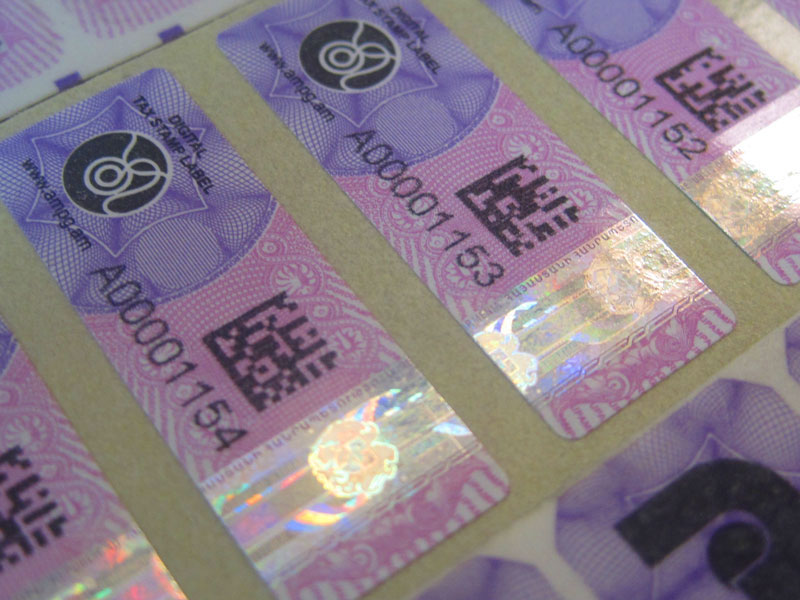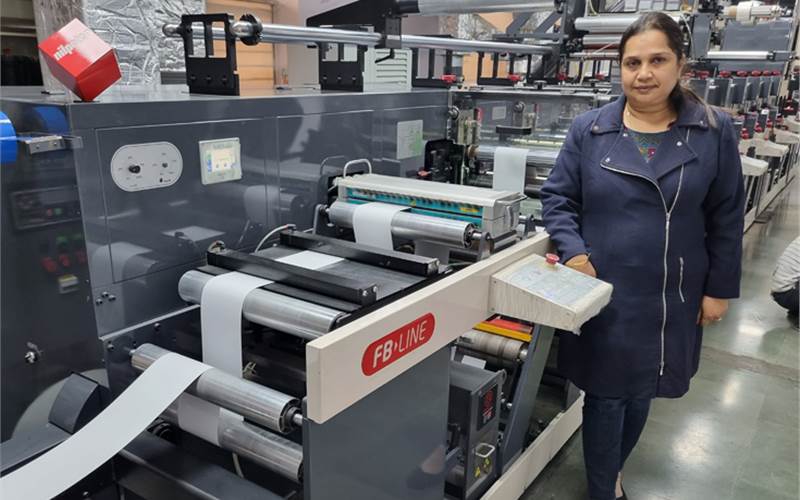In today’s global market, the threat of counterfeit products is a major concern for businesses and consumers alike. With the rise of e-commerce and international trade, counterfeiters have more opportunities than ever to produce and distribute fake goods. This is where anti counterfeit labels come into play. They are an essential tool for businesses to safeguard their brand integrity and ensure customers receive genuine products.
Anti counterfeit labels not only help in identifying authentic products but also play a crucial role in maintaining customer trust. In this article, we will delve into the world of anti counterfeit labels explained and explore how they serve as a line of defense against counterfeiters.

Understanding the Importance of Anti Counterfeit Labels
Counterfeiting is a growing problem that can severely impact a brand’s reputation and revenue. Anti counterfeit labels are designed to provide a layer of security that makes it difficult for counterfeiters to replicate products. These labels come with various technologies and features that help in distinguishing authentic products from fake ones.
Why Are Anti Counterfeit Labels Essential?
One of the primary reasons businesses invest in anti counterfeit labels is to protect their brand’s reputation. Counterfeit products can lead to dissatisfied customers, potential legal issues, and a loss of trust. By implementing effective labeling solutions, companies can mitigate these risks and ensure their products stand out in the market.
How Do Anti Counterfeit Labels Work?
Anti counterfeit labels employ a variety of technologies to secure products. Some of the common methods include holograms, QR codes, barcodes, and UV inks. These labels are often designed to be tamper-evident, ensuring that any attempt to alter or remove them is immediately noticeable.
Technological Features of Anti Counterfeit Labels
Holographic Labels
Holograms are one of the most popular features of anti counterfeit labels. They are difficult to replicate due to their complex patterns and the specialized equipment required to produce them. Holographic labels offer a visual indicator of authenticity that is easily recognizable by consumers.
QR Codes and Barcodes
QR codes and barcodes are increasingly used in anti counterfeit labels for verification purposes. Consumers can scan these codes using a smartphone to access product information and verify its authenticity. This interactive feature not only enhances security but also engages customers.
UV Inks and Watermarks
UV inks and watermarks are invisible to the naked eye and require special equipment to be viewed. They add an extra layer of security to anti counterfeit labels, making it harder for counterfeiters to duplicate products.
Implementing Anti Counterfeit Labels in Your Business
Choosing the Right Label Technology
When selecting anti counterfeit labels for your business, it’s important to consider the nature of your products and the level of security required. Different technologies offer varying levels of protection, so choosing the right solution is crucial for effective brand protection.
Partnering with a Trusted Label Provider
Working with a reputable label provider ensures that you receive high-quality, reliable anti counterfeit labels. A trusted partner will offer guidance on the best technologies and features to meet your specific needs, ensuring your brand remains protected.
The Future of Anti Counterfeit Labels
As technology continues to evolve, so do the methods used by counterfeiters. To stay ahead, businesses must continually update their anti counterfeit labels and security measures. Innovations such as blockchain technology and AI are being explored to enhance the effectiveness of labeling solutions.
Blockchain and AI in Labeling
Blockchain technology offers a highly secure and transparent way to track products throughout the supply chain. By integrating blockchain with anti counterfeit labels, businesses can provide consumers with verifiable proof of authenticity. AI can also be used to analyze patterns and detect counterfeit activities more efficiently.
Staying Ahead of Counterfeiters
To effectively combat counterfeiting, businesses must adopt a proactive approach. This involves regularly updating anti counterfeit labels and employing innovative technologies to stay one step ahead of counterfeiters. By doing so, companies can protect their brand and maintain consumer trust.
For more detailed insights on this topic, visit Scribos.

FAQs About Anti Counterfeit Labels
What are anti counterfeit labels?
Anti counterfeit labels are specialized tags or stickers applied to products to verify their authenticity and prevent counterfeiting.
How do anti counterfeit labels protect brands?
These labels use various technologies like holograms, QR codes, and UV inks to make it difficult for counterfeiters to replicate products, thus protecting brand integrity.
Can small businesses benefit from anti counterfeit labels?
Yes, small businesses can benefit significantly from using anti counterfeit labels as they help build trust with customers and protect brand reputation.
For more information on sustainable printing options, check out this guide on eco-friendly printing practices.
This article contains affiliate links. We may earn a commission at no extra cost to you.







